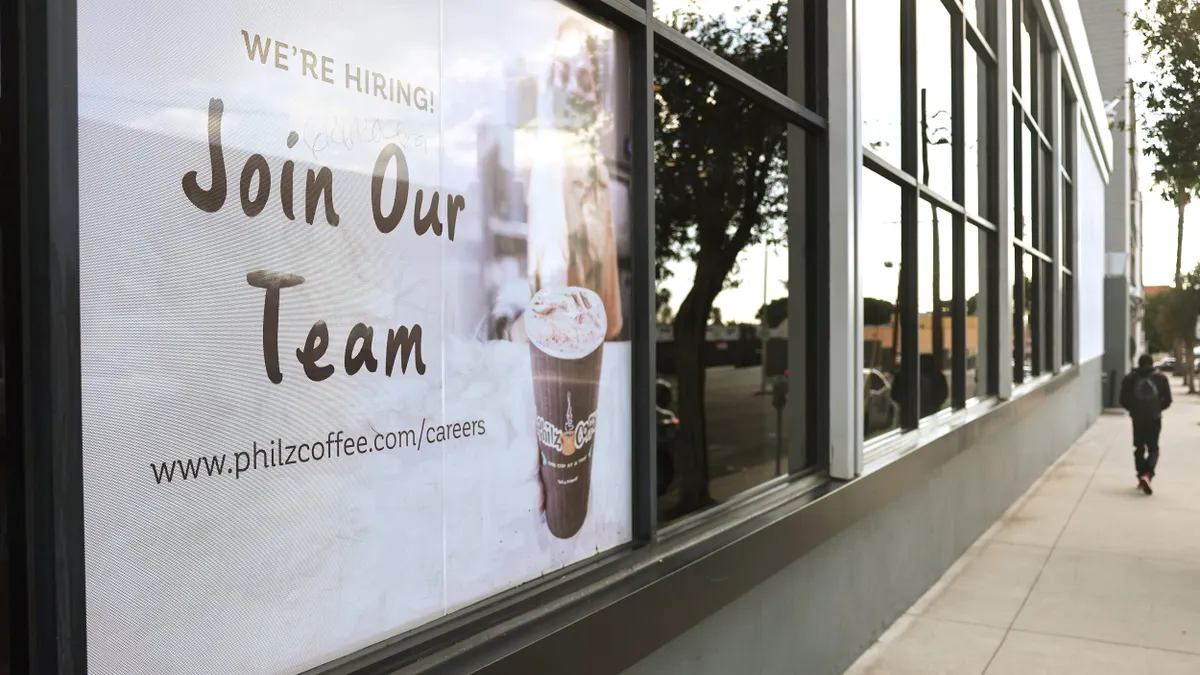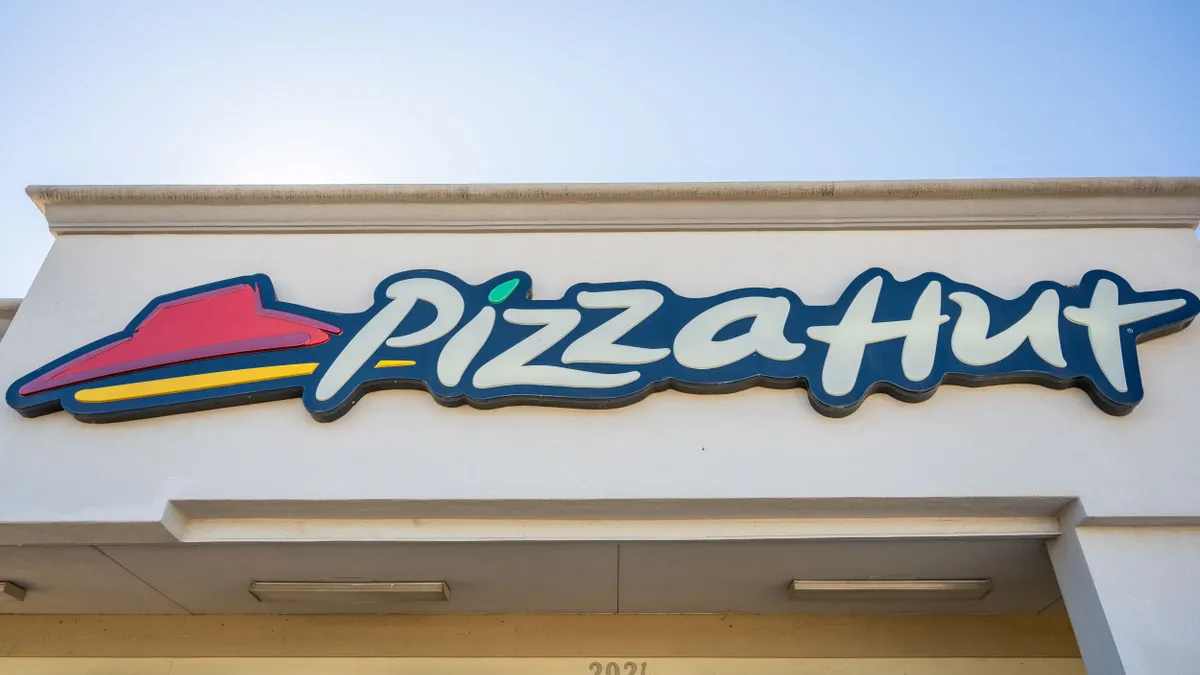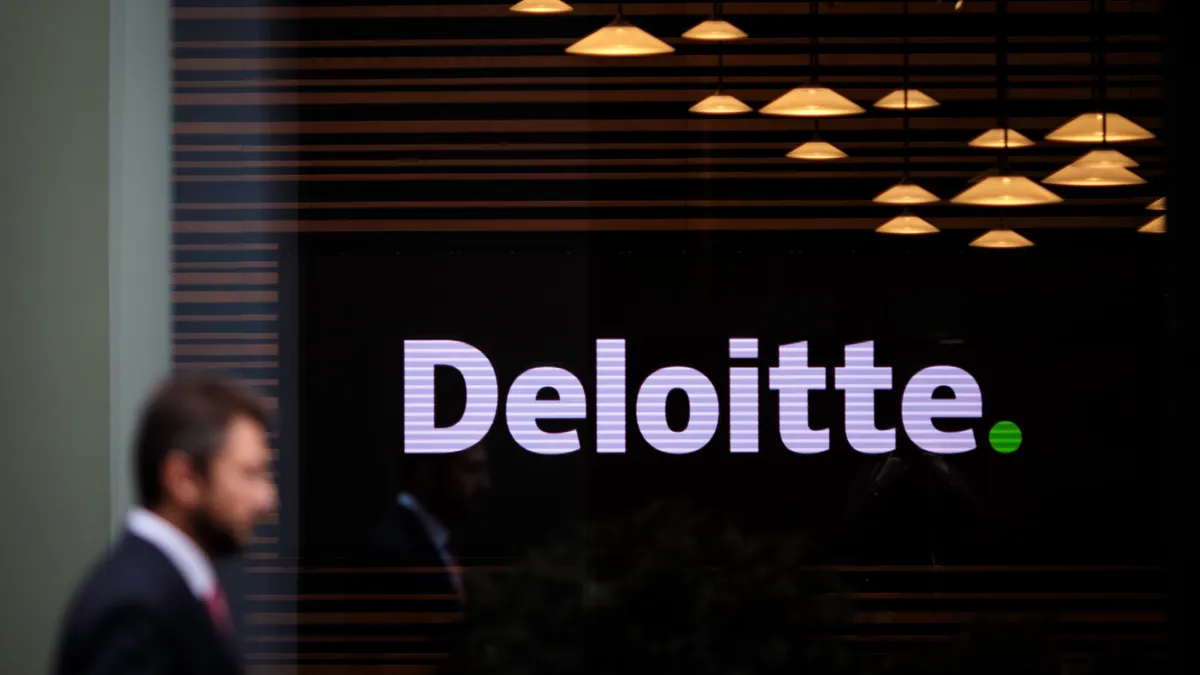Michael Stephan is principal and US human capital leader at Deloitte Consulting LLP. Shannon Poynton is senior manager at Deloitte Consulting LLP. View are the authors' own.
The pandemic put organizations’ relationships with their workers to a great test. Public health, economic and social issues demanded quick and decisive organizational response. And many organizations were lauded for the actions they took to care for stakeholders both within and outside organizational walls as they deployed resources and pivoted business strategies to address pressing workforce and community needs.
But 18 months later, as pandemic-related challenges continue to put strain on the worker-employer relationship, workers are questioning who they want to work for and the role they expect employers to play in society. As "the Great Resignation" accelerates and 40% of the global workforce considers leaving their employer this year, organizations must build a differentiated relationship with workers or risk quickly falling behind.
Workforce strategies cannot be designed top down and rolled out in a vacuum. Organizations looking to build a leading worker-employer dynamic must find ways to engage workers in open and ongoing dialogue, democratize information and sentiment, align on a core set of ideals rooted in shared values and help workers find meaning in their work.
1. Create opportunities for an ongoing, open dialogue
To build a leading worker-employer relationship, an organization must create open channels of communication with its workforce. In this highly disruptive and complex world of work, creating meaningful dialogue with employees necessitates more than leveraging static surveys or polls. Instead, organizations should look to create engagement and listening channels that allow an ongoing look at worker sentiments, preferences and needs.
The most successful organizations are taking this one step further by bringing diverse groups of workers into decision-making processes. Rather than using workers to refine already developed concepts and programs, some employers are giving workers agency to co-create solutions. Many are doing this by forming worker councils and action committees and by inviting workers into conversations where strategies and success metrics are being defined.
A great example of the value of worker-employer co-creation can be found in the design of return-to-work policies. At Deloitte, we invited our entire workforce, regardless of level, location or years of service, to participate in synchronous and asynchronous debate huddles about our future co-location strategies. To prepare colleagues for those debates, we democratized the information, providing workers with transparency into our firm’s ways of working before the pandemic, employee sentiment collected during the pandemic and any known client or competitive marketplace trends. Through asynchronous conversation on a social platform, our organization was able to get a nuanced understanding of workers’ feelings and concerns and surface new ideas about how we could transform ways of working. And, through synchronous huddles that focused on the career journey, our workforce helped us identify the key moments and experiences that would be better served with in-person work. The efforts resulted in return-to-work strategies that will influence the rhythms of where, when and how we work and are reflective of the values and needs of our diverse workforce.
2. Align on a core set of ideals
In today’s competitive talent market, organizations may feel pressured to adopt a highly reactive approach to the worker-employer relationship, responding to workers’ expressed preferences, competitor actions or industry trends as quickly as possible. Yet to avoid falling into an endless cycle of roll-outs and reforms, it’s important for organizations to distinguish lasting workforce values and needs from in-the-moment preferences and desires.
While creating open channels of dialogue with workers is foundational to this capability, organizations need to consider how to use those channels in deliberate ways to understand the fundamentally constant values that can underpin the relationship with workers. That doesn’t mean that business or workforce strategies won’t need to evolve and adapt, but it does mean that each new strategy and program should be tied the organization’s broader mission, values and employer brand.
A grounding in purpose and values can be especially important as organizations evolve from business enterprises to social enterprises that listen to, invest in and actively shape the world around them. As organizations hold themselves accountable to a broader set of stakeholders, not just shareholders, values can serve as a benchmark against which business policies, actions and decisions can be weighed. Organizations successful in this will find that values will become central to their employment brand and will allow them to continuously adapt and evolve to meet workers where they need to be met.
3. Help workers find meaning, connection in their work
The final step in creating a leading worker-employer relationship relies on an organization’s ability to help each worker understand how their work is meaningful and important to advancing collective outcomes. Uniting workers around a common purpose is an important step to achieving this. Organizations also should think about how to architect work and design roles to amplify human strengths and how to create space for workers to innovate, collaborate and unleash their potential at work.
The ability to cultivate such an environment not only offers benefits to the professional development of workers but contributes to the success of the organization more broadly. In our 2020 Global Human Capital Trends research, 93% of our 9,000 survey respondents agreed that a sense of belonging drives organizational performance. And a plurality (44%) told us that the biggest driver of belonging at their organization was contribution — individuals feeling aligned to, and seeing how their work efforts advanced, the organization’s purpose, mission and goals.
Organizations that can harness the diversity of their workforce by encouraging individuals to use their unique strengths and perspectives to influence organizational outcomes will be best positioned to thrive.




















